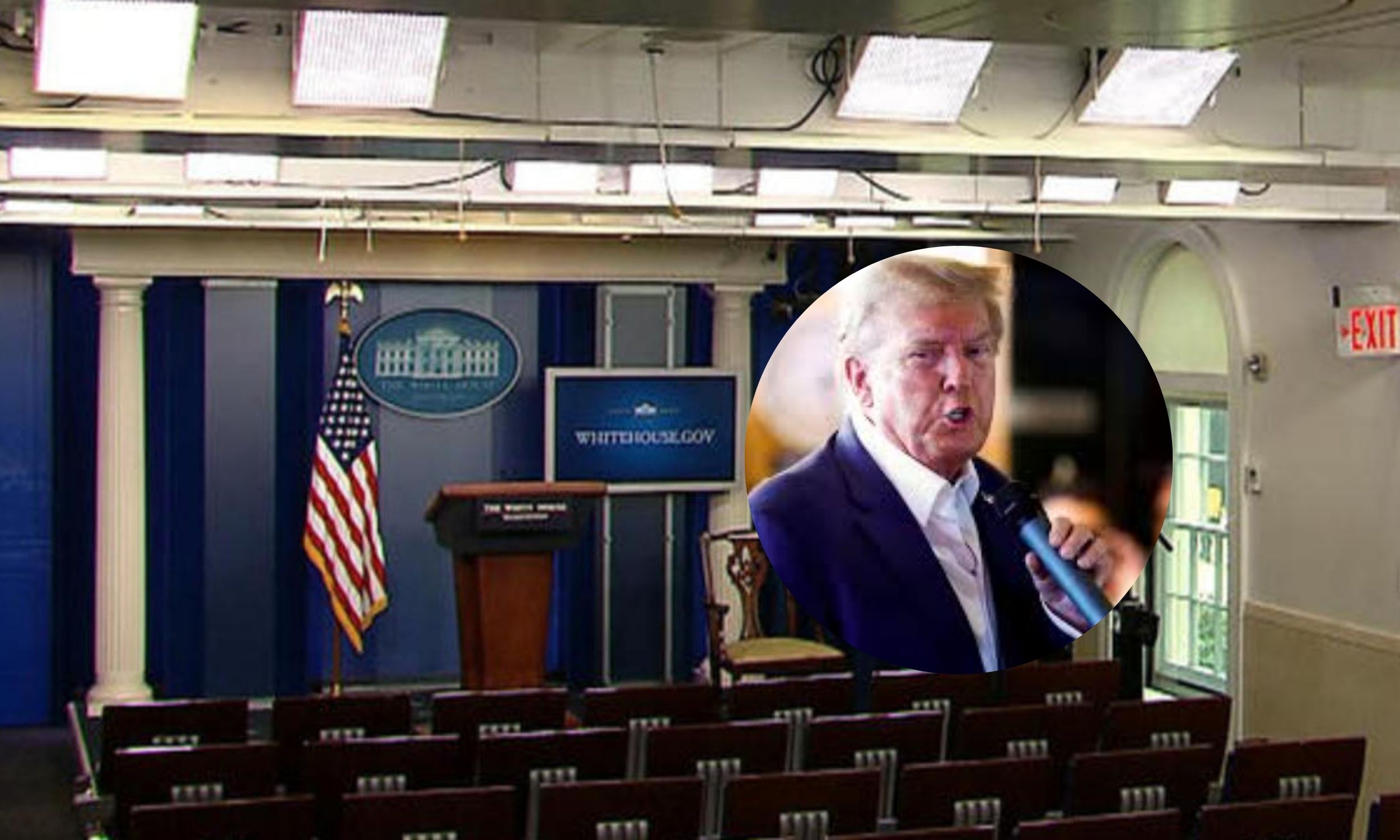Concerns are mounting among journalists about potential changes to the White House press briefing room under President-elect Trump’s incoming administration. Speculation has arisen that access might move to favor podcasters, internet influencers, and media seen as more favorable to Trump, potentially sidelining traditional outlets like major networks and prominent newspapers.
Reporters covering the White House have expressed unease over the rumored shake-up, with some choosing to remain anonymous while sharing their frustrations. One journalist suggested the changes could lead to boycotts, creating difficult decisions for outlets debating whether to participate in a restructured press arrangement.

Historically, the front row of the James Brady Briefing Room has been reserved for major news networks such as NBC, CBS, ABC, and Fox, along with outlets like The Associated Press and Reuters. Other important media organizations, including The New York Times and The Washington Post, occupy subsequent rows, while smaller outlets typically lack assigned seats. Seating arrangements have traditionally been determined by a committee from the White House Correspondents’ Association (WHCA), though ultimate credentialing authority rests with the White House communications team.
Trump’s pick for press secretary, Karoline Leavitt, has hinted at adopting a tougher stance with the media, emphasizing the importance of decorum while showing no hesitation toward critical outlets. Comments by Donald Trump Jr. have added to the speculation, suggesting independent journalists with larger followings might be prioritized over traditional media organizations.
Neither the WHCA nor its president has commented on how these proposed changes might affect seating arrangements or the association’s response. Reporters have yet to receive updates on potential alterations to the seating chart, leaving many to prepare for possible disruptions.
Trump’s previous administration had a contentious relationship with the press, revoking CNN reporter Jim Acosta’s credentials after a heated exchange and threatening actions against media organizations deemed hostile. Such moves underline concerns that the new administration could intensify efforts to control media narratives.
Although no official decisions have been made regarding briefing room arrangements, some observers warn that drastic changes might backfire. Critics argue that replacing traditional journalists with less conventional media figures risks undermining the credibility of White House communications, potentially turning the briefings into a spectacle rather than a serious platform for government messaging.


